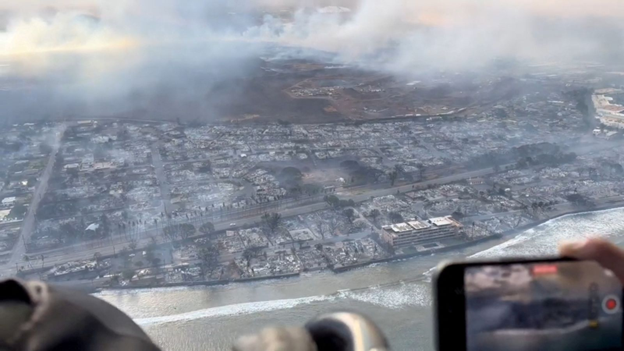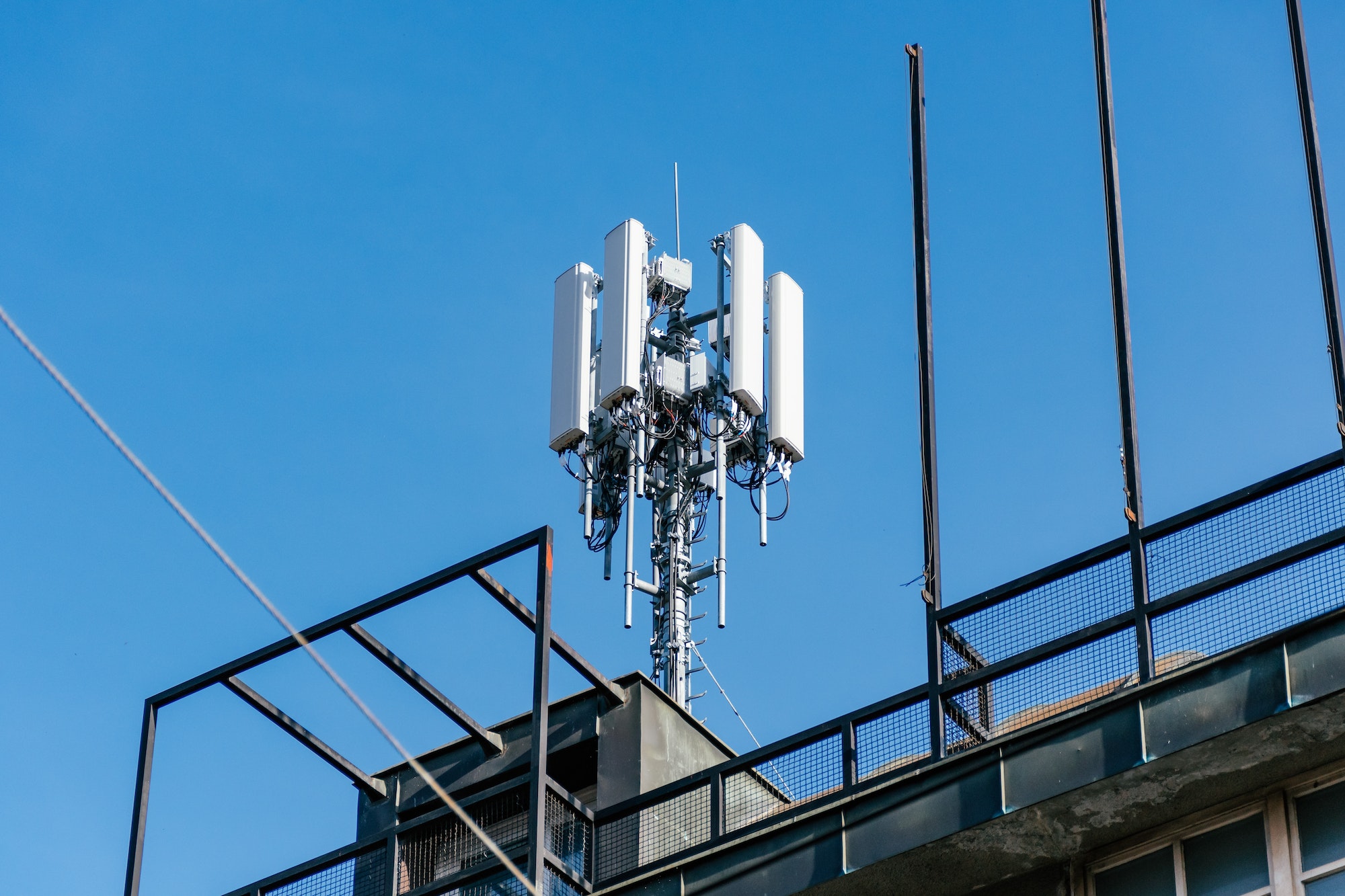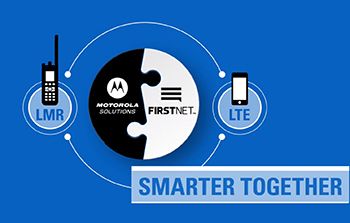 When disaster strikes, the #1 advantage our current society has is communications. At Day Wireless Systems, we recognize that communications allow us to alert others of issues and hazards, update on progress, and ask for help. Communications, such as LTE/cellular and Land Mobile Radio (LMR) allow first responders to direct the public on evacuation status and routes, and coordinate response efforts. We’ll discuss why those who require mission critical communication should implement hybrid LMR + LTE systems, and not rely only on LTE.
When disaster strikes, the #1 advantage our current society has is communications. At Day Wireless Systems, we recognize that communications allow us to alert others of issues and hazards, update on progress, and ask for help. Communications, such as LTE/cellular and Land Mobile Radio (LMR) allow first responders to direct the public on evacuation status and routes, and coordinate response efforts. We’ll discuss why those who require mission critical communication should implement hybrid LMR + LTE systems, and not rely only on LTE.
Ideally, emergency responders can communicate as needed, even during extreme emergency scenarios. LMR offers the benefits of rugged devices, interoperable communication standards, mission critical infrastructure, licensed communication, while LTE provides better data throughput, potentially better coverage, etc. LMR+LTE provides more redundancy plus better coverage, and the ability for more data applications.
However, with 97 lives lost, recent disasters like the 2023 fires in Lahaina, Maui in Hawaii have shown not all communications and alert systems are created to anticipate or withstand disaster scenarios. In addition to public safety, this also applies to commercial entities including utilities, healthcare, education, and heavy industrial applications that should consider hybrid solutions as well. We’ll walk through some of the gaps exposed in Maui, and what an ideal communications system should entail.
Cell/LTE Failure
“911 is down. Cell service is down. Phone service is down,” Hawaii Lt. Gov. Sylvia Luke told CNN early in the wildfire response, a nightmare for any community, especially one facing a terrible disaster scenario. And while it seems insurmountable to prevent a raging fire from destroying cell towers, the majority of network disconnect was caused by power outages, not damage by fires. 
In review of FCC and towerco data, there are no cell towers in Lahaina itself, and the roughly 12 towers on the island are miles away from the wildfires, according to an investigation by Wireless Estimator. Instead, the majority of cell communication in Lahaina is provided by sites atop office buildings, hotels, and condos, which lost power due to the wildfires, as did much of the Maui coastal area. In this disaster, 95% of Lahaina towers went down.
Cellular towers are becoming more robust, but they are typically built to a commercial standard for profitability. By contrast, LMR infrastructure, including its backup systems, are built to a mission critical standard set forth by the public safety agency during their design. They are designed to survive extensive power outages, as well as other disaster scenarios.
Although carriers deployed mobile cells and satellites on wheels to assist with communications, it took days if not weeks and service was still patchy. Another plan was to deploy teams with portable generators to bring temporary power back to the urban cell sites. Unfortunately, power backups and mobile units cannot help if the connection to the carrier’s backbone has been disrupted.
Two-way systems (LMR) require fewer communications towers and have the ability to provide a larger number of hours without power, as well as weather a larger number of disaster scenarios, helping ensure communications for public safety, and other commercial sectors, are not interrupted. In a worst-case scenario where LTE and LMR systems may be down, there’s still a reliable communication option available: radio-to-radio communication in a simplex operation.
Flexible Planning Efforts
Disaster planning is often conducted by municipalities, and it is important for all communities to anticipate and prepare for all hazards. “Most of our infrastructure is not designed for the kinds of hazards it is facing,” says Stephen E. Flynn, founding director of Northeastern’s Global Resilience Institute. “Or, it is designed for certain hazards, such as earthquakes, but not for flooding or fires.
“What we call lifeline structures—transportation, communication, power—are becoming more vulnerable to these events.”
Preparing for what Flynn calls “all hazards” includes flexibility and incorporating numerous strategies, including:
- Decentralizing electrical grids so if one unit fails, it does not cause the entire grid to fail
- Moving from big mainframe infrastructure systems to systems designed to operate in isolation from one another
- Adopt public-private partnerships for disaster preparedness
- Creating local community and neighborhood disaster plans and training (one thing indigenous populations in Maui did well)
One of Flynn’s main takeaways for flexible planning is communication. “Without two-way communication, disaster prevention and response systems risk failure,” according to disaster-planning expert Flynn. An increase in flexible planning includes reducing vulnerability in communications by maintaining a hybrid communications system.
LMR vs LTE
 As a public safety communications provider, and the operator of the largest Northwest Regional radio network, Day Wireless Systems realizes that there are powerful benefits of cellular infrastructure. However, the redundancy that LMR provides to LTE systems is critical for certain vertical markets, especially public safety.
As a public safety communications provider, and the operator of the largest Northwest Regional radio network, Day Wireless Systems realizes that there are powerful benefits of cellular infrastructure. However, the redundancy that LMR provides to LTE systems is critical for certain vertical markets, especially public safety.
Our customers rely on their communications systems, both for everyday operations and emergencies, providing crucial support for personnel and the communities they serve. While some communications providers recommend FirstNet and Frontline Broadband Push-to-Talk (BPTT) as viable alternatives to an LMR system using the cost savings (millions of dollars) as a benefit. Unfortunately, as has been demonstrated by the Maui wildfires and other recent disasters, the horrific and devastating losses has demonstrated serious inadequacies in LTE communications systems.
Designed to offer secure, reliable connections in extreme conditions, LMR is the obvious choice for mission-critical personnel. Although it can be a layer of resiliency in public safety communications systems, communities are at their most secure when they provide LMR and LTE communications options. Commercial entities benefit in a similar way, reducing downtime and loss, by enacting hybrid communications solutions.
For additional information, or to start the conversation about LMR+LTE network recommendations, contact us.